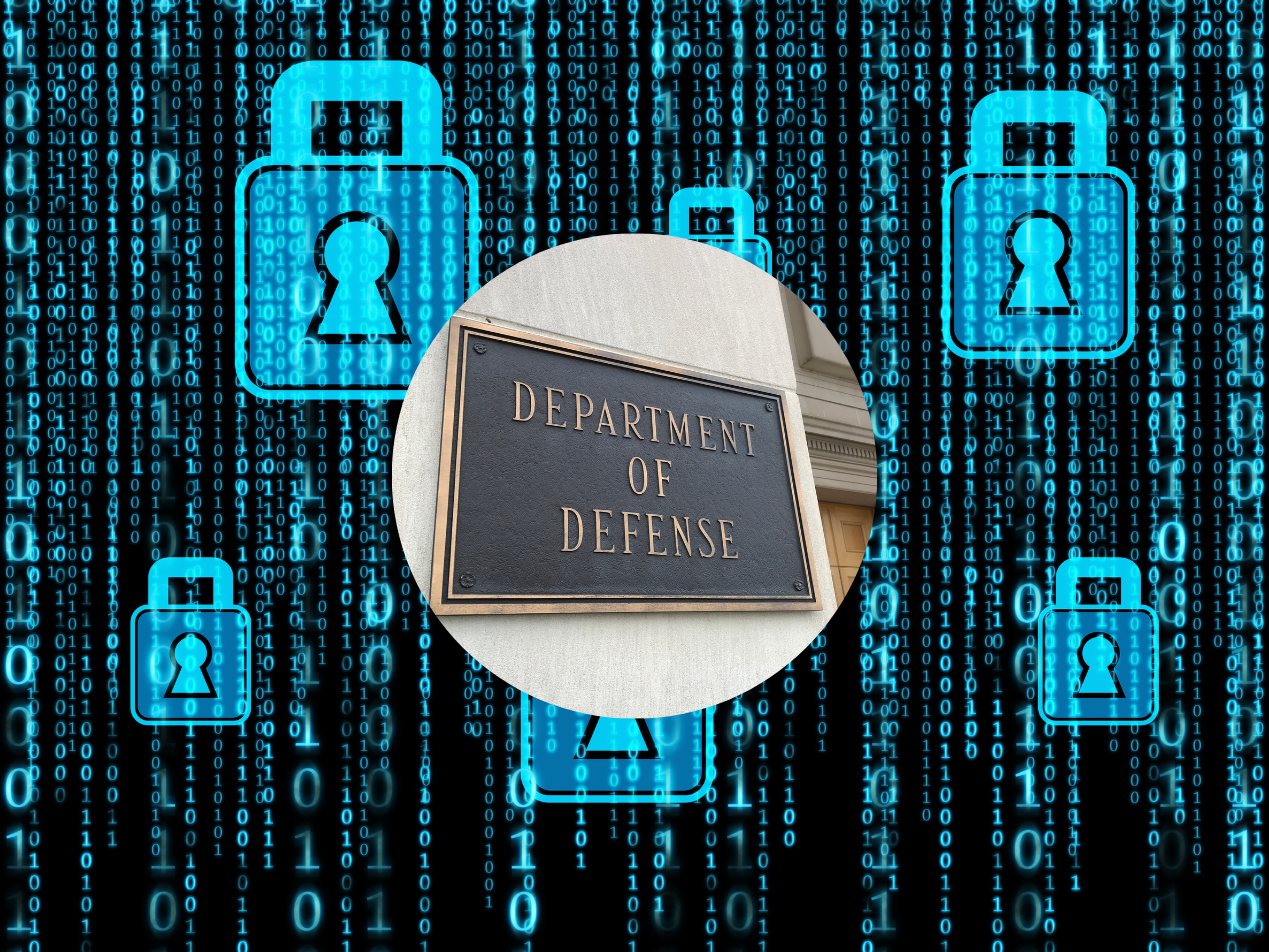
Zero trust architectures operate on the principle of "never trust, always verify," ensuring that every access request, whether from within or outside the network, undergoes rigorous verification. This model addresses the unique vulnerabilities of healthcare IT environments, such as protecting sensitive patient data and securing the expanding network of Internet of Medical Things (IoMT) devices. By requiring continuous authentication and authorization of users and devices, zero trust architecture minimizes the risk of data breaches and insider threats.
What is zero trust architecture?
Zero trust architecture adopts a principle that never inherently trusts any entity inside or outside the network. This approach eliminates the traditional security model's reliance on a defined perimeter to protect sensitive data and systems. Instead, zero trust requires continuous validation of credentials and permissions for all users, devices, and network flows, regardless of their location relative to the network's boundaries.
Zero trust architecture and healthcare cybersecurity challenges
In “Theory and Application of Zero Trust Security: A Brief Survey” published in 2023 discussed the application of zero trust principles, “The concept of zero trust, “never trust, always verify”, was first proposed by John Kindervag in 2010 to address the issues caused by insider threats to the enterprise. At its core is the idea of deperimeterization (limiting implicit trust based on network location) in recognition of the limitations of relying on single, static defences over a large network segment.”
Mitigating data breaches
Zero trust architecture reduces the risk of data breaches by requiring strict verification of all users, devices, and systems attempting to access network resources, regardless of their location within or outside the network perimeter. This ensures that only authenticated and authorized entities can access sensitive healthcare data.
Countering insider threats
Insider threats, which include both intentional malicious actions and unintentional errors by legitimate users, are particularly challenging in healthcare settings due to the high value of medical data. Zero trust architecture addresses this by implementing strict access controls and continuously monitoring user activity. By applying the principle of least privilege, zero trust ensures that healthcare staff have access only to the resources essential for their roles. Continuous monitoring and real time analytics allow for the detection of suspicious behavior patterns.
Securing the Internet of Medical Things (IoMT)
The proliferation of connected medical devices has expanded the attack surface in healthcare, introducing new vulnerabilities. Zero trust architecture secures IoMT devices by treating them with the same skepticism as human operated devices. Each device must authenticate and its communications are continuously monitored for signs of compromise or deviation from normal operational parameters. This ensures that compromised devices can be quickly identified and isolated.
Components of a zero trust architecture suitable for healthcare settings
Zero trust architecture is made up of several key principles implemented frequently throughout organizations. A few principles healthcare organizations can benefit from include
- Identity and access management (IAM)
- Encryption
- Segmentation
- Continuous monitoring and behavioral analysis
- Least privilege access control
- Zero trust policy engine
- Microsegmentation for device security
See also: The zero trust approach to managing cyber risk
How to transition to a zero trust security model
Assessing the landscape and planning the journey
The first step in adopting a zero trust model is conducting a thorough security audit to assess the current state of the organization's network, identify sensitive data, critical assets, and existing vulnerabilities. This assessment forms the foundation for defining specific security objectives that align with the organization's compliance requirements and business goals. Developing a detailed roadmap with phased implementation plans prioritizes the protection of critical assets, setting clear milestones, timelines, and resource allocations.
Segmenting the network for enhanced control
Network segmentation divides the healthcare organization's network into smaller, more manageable segments, limiting lateral movement and containing potential breaches. Microsegmentation takes this a step further, especially critical for protecting areas with IoMT devices, by applying even more granular security controls.
Implementing continuous monitoring and behavioral analysis
Advanced monitoring tools and behavioral analysis are indispensable for detecting suspicious behavior or anomalies in real time. These technologies help identify potential security threats based on deviations from normal activity patterns, enabling rapid response to mitigate risks.
Enforcing zero trust policies
Developing clear, context based policies that govern access decisions is critical in a zero trust framework. A dynamic policy engine evaluates and enforces these policies in real time, based on user identity, device health, location, and other relevant factors.
See also: HIPAA Compliant Email: The Definitive Guide
FAQs
What are the 4 goals of zero trust?
Enhance cybersecurity posture, minimize internal and external threats, improve compliance with regulations, and streamline security operations and access management.
Is zero trust architecture applicable in areas outside cybersecurity?
Yes, while the principles of Zero Trust Architecture are primarily developed for cybersecurity, the underlying philosophy of "never trust, always verify" can be applicable and beneficial in areas outside of cybersecurity as well.
Are there specific sectors than can especially benefit from zero trust other than healthcare?
Yes, sectors such as financial services, government, and critical infrastructure can especially benefit from zero trust due to their high sensitivity to data breaches and cyber threats.
Subscribe to Paubox Weekly
Every Friday we'll bring you the most important news from Paubox. Our aim is to make you smarter, faster.




